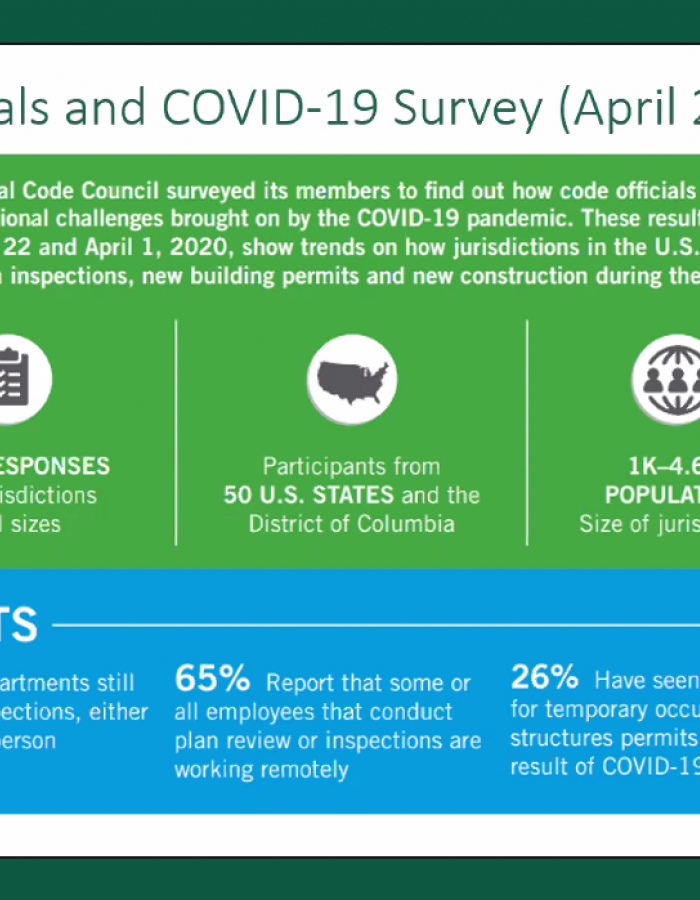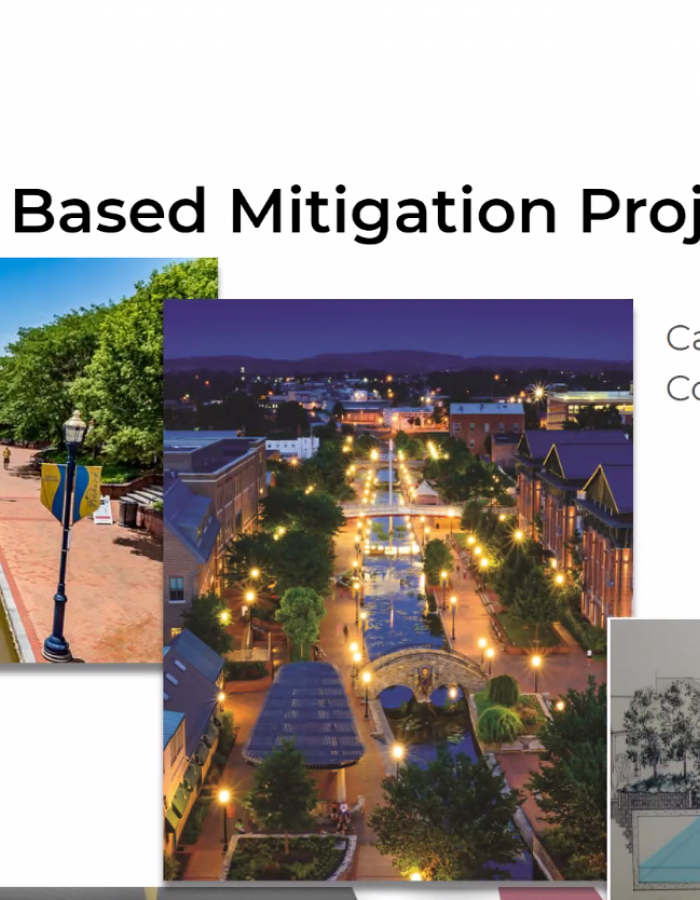Building Innovation: Who’s the 2024 Exceptional Woman in Building?

With more than 5.6 million commercial buildings and 118 million housing units in the United States, existing buildings are a key asset to the nation.
But as the needs of society shift, policymakers, building tenants and owners place increased emphasis on the performance of buildings, including sustainability, health and resilience. The existing building stock must be prepared to respond.

The COVID-19 crisis presented architecture, engineering and construction companies, and code departments with an enormous challenge: transitioning an industry long reliant on personal relationships and in-person connections to a remote, digital environment. Like other hands-on sectors, builders and other trades can’t ply their trades over Zoom.

Will this year’s hurricane season be a record breaker?
Meteorologists from Colorado State University’s Department of Atmospheric Science anticipate a highly active season, predicting 17 named storms and eight hurricanes—four of which they predict will be Category 3 or higher.
The Weather Channel’s prediction is slightly different with 18 named storms and eight hurricanes—three of which it expects will be Category 3 or higher.

Hurricanes are ramping up and tornado season is right around the corner, and if you live in an area that is prone to storm damage, you’re likely no stranger to home restoration. Between debris, flooding, and structural damage, home restoration can seem like a daunting and emotionally draining task.
Since storms can happen anytime, to anyone, the best way to approach your home restoration projects after storm damage is to create a clear plan. Consider the following when tackling your next project:

Floods are the most common and widespread of all weather-related natural disasters. According to testimony from Federal Emergency Management Agency representative Michael Grimm, flood damage cost approximately $17 billion each year between 2010 and 2018. Rising sea levels and extreme weather could cause $20 billion of flood damage to at-risk U.S. homes this year, rising to $32 billion by 2051, according to recent research by flood research non-profit First Street Foundation.
Pages:
File Size: